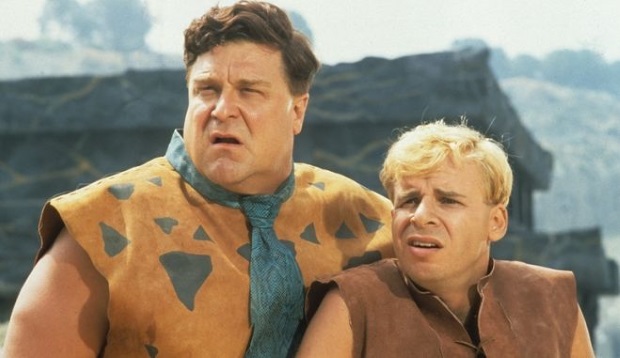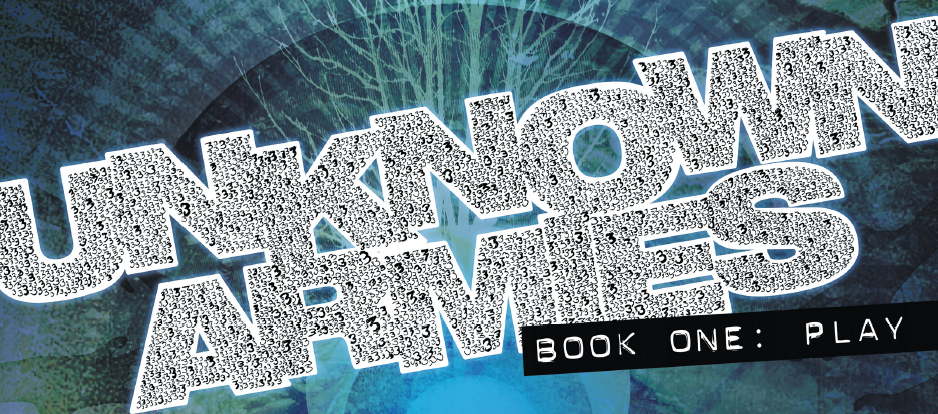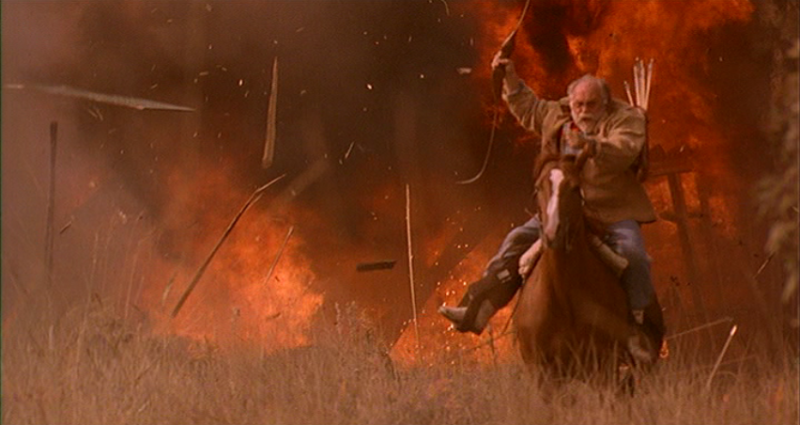A Change In Format Forgive me for the brief interruption, but I’m feeling like The Cutting Room Floor is shaping up more like a series of lists and one-liners than something more insightful. I’ll still be giving you the content you remember: the good, the bad and the indifferent won’t be going anywhere, nor will my […]
Shall we play a game? Some of you may be aware that this is not the only place I where put my metaphorical pen to digital paper. I’ve been known to drop some words over at another blog: HeyPoorPlayer. It’s a haven for all sorts of gaming news, primarily focused on video games. It’s been wonderful […]
When my girlfriend and I started dating, she knew that what I wanted to do was write. She read my work, gave a lot of good observations from the reader point of view, and encouraged me to write more. As I did, she observed that I was always looking for ways to sharpen my skills. So […]
So, Where Was I In 1994? This was a year where I started to come together as a human being. I’d been in my high school music program for two years. Along with my visual arts training, this was where I’d finally started to feel like I had a place of refuge. I’d risen to […]
Before We Get To 1993’s Cutting Room Floor So, it’s been a while since I managed to get the retro running again. My life has been undergoing that old ‘interesting times’ bit. But, I think I’m back on track and getting back in a groove so to speak. Big things on the horizon are forcing […]
So, Where Was I In 1993? This was a bad, bad year of school. I’d been targeted by a group of bullies I shared my last period biology class with, and they were as cruel as they were relentless. The bullying was never physical (like most careful tormentors, they preferred mind games to anything leaving a […]
Archives
- May 2023
- July 2022
- June 2022
- March 2020
- November 2019
- November 2018
- September 2018
- August 2018
- January 2018
- December 2017
- November 2017
- August 2017
- July 2017
- June 2017
- May 2017
- April 2017
- March 2017
- February 2017
- November 2016
- October 2016
- July 2016
- June 2016
- March 2016
- January 2016
- December 2015
- November 2015
- August 2015
- July 2015
- May 2015
- April 2015
- March 2015
- February 2015
- January 2015
- December 2014
- November 2014
- October 2014
- September 2014
- August 2014
- July 2014
- June 2014
- December 2013
- May 2012
- February 2012
- January 2012
- December 2011
- November 2011
- October 2011
- September 2011
- August 2011
- July 2011
- June 2011
- May 2011
- April 2011
- March 2011
- February 2011
- January 2011
- December 2010
Calendar
| S | M | T | W | T | F | S |
|---|---|---|---|---|---|---|
| 1 | 2 | 3 | 4 | 5 | ||
| 6 | 7 | 8 | 9 | 10 | 11 | 12 |
| 13 | 14 | 15 | 16 | 17 | 18 | 19 |
| 20 | 21 | 22 | 23 | 24 | 25 | 26 |
| 27 | 28 | 29 | 30 | 31 | ||





